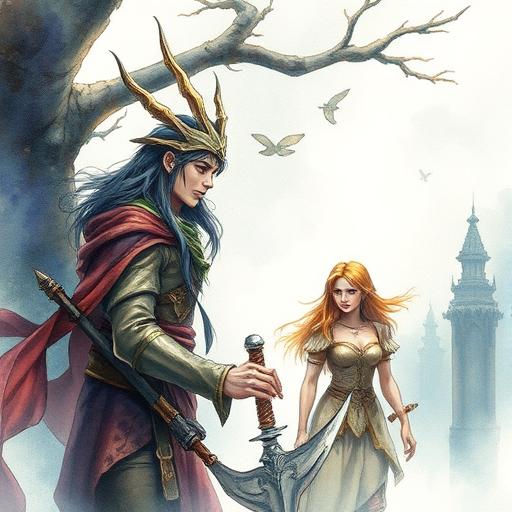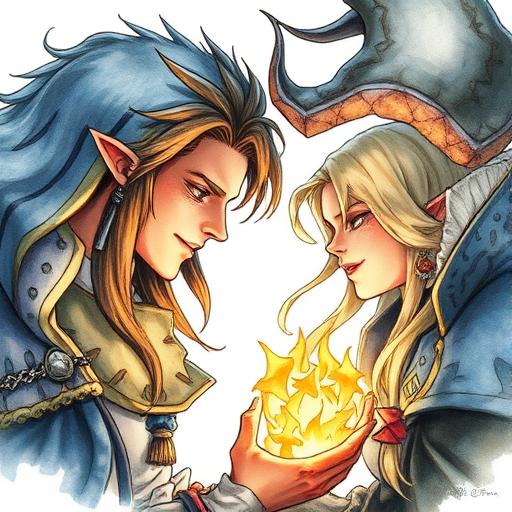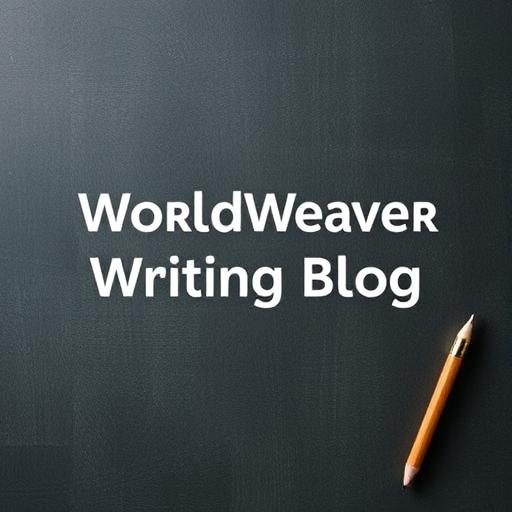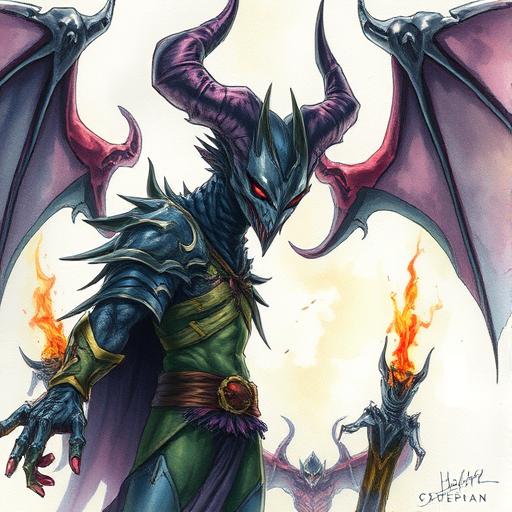Crafting Authentic Dialogue for Diverse Character Interactions
Learn how to create realistic and engaging dialogue for diverse character interactions in your fantasy world, and discover the secrets to crafting authentic conversations that bring your story to life. This article provides tips and techniques for writers to improve their dialogue writing skills and create more believable characters.
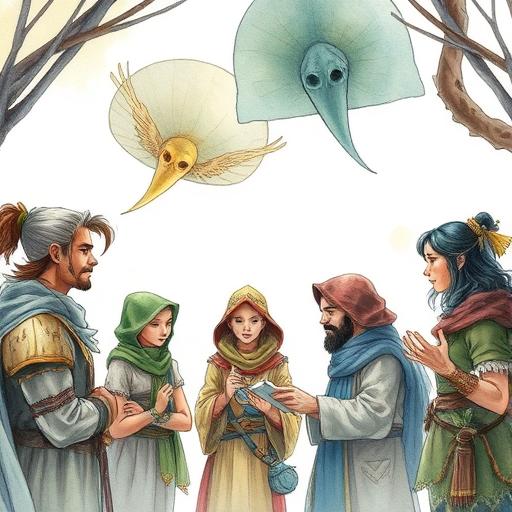
Introduction to Authentic Dialogue
Authentic dialogue is the backbone of any engaging story. It reveals character traits, background, and motivations, making your characters relatable and realistic. When done well, dialogue can transport readers to new worlds and immerse them in the story. However, crafting authentic dialogue for diverse character interactions can be a daunting task, especially in fantasy worldbuilding where cultures, languages, and customs may vary greatly.
Understanding Character Voices
To create authentic dialogue, you need to understand the unique voice of each character. This includes their:
- Tone and language patterns
- Idioms and colloquialisms
- Level of formality and informality
- Regional accents and dialects
- Cultural and social background
Consider the character's upbringing, education, and life experiences when crafting their dialogue. For example, a character from a wealthy background may use more formal language and complex vocabulary, while a character from a rural area may use colloquialisms and regional slang.
Crafting Diverse Character Interactions
When writing dialogue for diverse character interactions, it's essential to consider the power dynamics, cultural differences, and social norms at play. This can include:
- Differences in communication styles and conflict resolution
- Variations in emotional expression and empathy
- Power imbalances and social hierarchies
- Cultural taboos and sensitivities
To create authentic and nuanced interactions, research different cultures and societies, and draw inspiration from real-life experiences. You can also read about building believable societies and cultures in fantasy and science fiction to gain a deeper understanding of the complexities involved.
The Role of Subtext in Dialogue
Subtext is a powerful tool in dialogue, as it reveals underlying emotions, motivations, and conflicts. It's the unspoken meaning behind the words, and it can create tension, humor, or drama in a scene. To master subtext, pay attention to:
- Body language and nonverbal cues
- Tone of voice and inflection
- Pauses and silences
- Contradictions between words and actions
Subtext can also be used to create morally ambiguous characters, as discussed in our article on exploring the psychology of morally ambiguous characters in fiction. By using subtext, you can convey a character's true intentions and motivations, even if they're not explicitly stated.
Using Dialogue to Reveal Character Backstory
Dialogue can be a powerful tool for revealing character backstory and depth. By using dialogue, you can:
- Show a character's history and experiences
- Reveal their motivations and desires
- Create a sense of authenticity and realism
To effectively use dialogue in this way, consider crafting compelling character backstories for deeper stories. By doing so, you can create rich and complex characters that readers will love and remember.
Common Dialogue Mistakes to Avoid
When writing dialogue, there are several common mistakes to avoid, including:
- Using dialogue as a way to info-dump exposition
- Creating characters that sound too similar or generic
- Using dialects or accents that are inaccurate or stereotypical
- Forgetting to punctuate and format dialogue correctly
To avoid these mistakes, read your dialogue out loud, and pay attention to how it sounds. You can also create a dialogue cheat sheet to keep track of character voices and speech patterns.
Conclusion
Crafting authentic dialogue for diverse character interactions is a crucial aspect of fantasy worldbuilding and writing. By understanding character voices, crafting diverse interactions, and using subtext, you can create realistic and engaging dialogue that brings your story to life. Remember to avoid common dialogue mistakes, and always keep your characters' unique voices and backstories in mind. With practice and patience, you can master the art of dialogue and create a story that will captivate and inspire your readers.
Comments
Comments are hidden to save bandwidth. Load them when you want to read or leave one.

